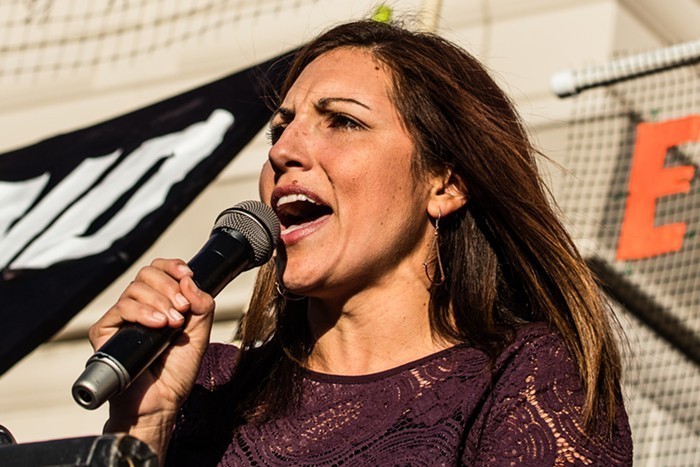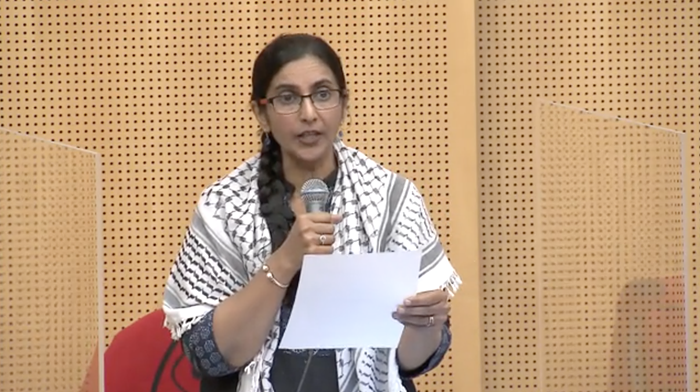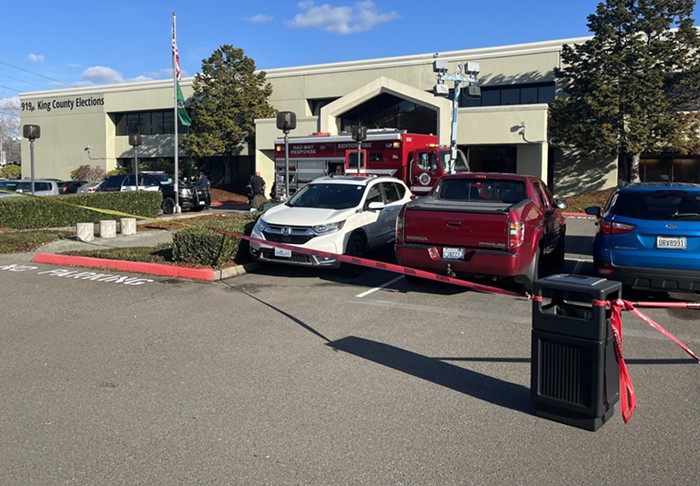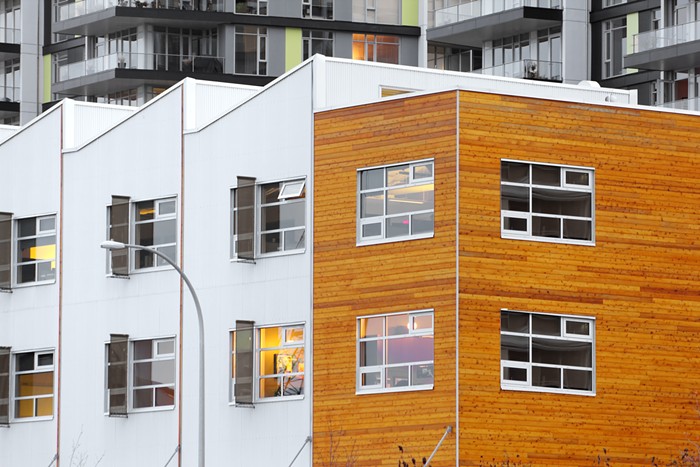See that map down there? It's what the districts for future Seattle City Council elections would look like if Charter Amendment 19 passes this November. One council member would represent each district, and two more would be voted on at-large by the whole city. The proponents of the plan say their goal is to make the council more responsive to citizens' concerns and more representative of the city—right now, it's so expensive to run citywide elections, and a citywide legislator represents so many people, it's increasingly rare to see a viable grassroots campaign or a real challenge to entrenched incumbents. So we end up with downtown-business-backed candidates over and over, or incumbents who stay on forever and end up answering only to their donors.
But while powerful progressive and social-justice organizations have flocked to support the other election-reform measure on the fall ballot—that's Proposition 1, which creates a public-finance system for city council elections—the Seattle Districts Now endorsement list is almost entirely individual citizens, with a handful of politicians and organizations.
If district elections are about giving more people a voice, why is the campaign running without support from any major progressive groups?
The answer seems to lie right there in that map—in the lower right corner, in particular. District 2 would be the only district representing a majority of people of color.
"We as a coalition are definitely in favor of districted elections in general," says Dana Laurent, executive director of Win/Win Network, a coalition of progressive and labor groups. "But only when maps are drawn to increase the participation for people of color and underrepresented communities." This map? "This is not a map we can get behind."
Her coalition members had proposed a nine-district map that included "two majority people of color districts and close to three influence districts, where people of color would be represented at 30 percent and above," says Laurent. But districting proposals have failed before, and Seattle Districts Now thought a hybrid system with two at-large seats stood a better chance of winning at the polls.
The district campaign's sponsor, Faye Garneau, calls claims that this map disenfranchises people of color "garbage" and says voters want some at-large representation. And as campaign spokesman Eugene Wasserman said earlier this year when we first reported on this split, "We think we have a great map." He also argued that having a so-called "majority minority" district doesn't automatically result in diverse candidates—he name-checked Adam Smith, the representative from the diverse 9th Congressional District: "You can't get any whiter than him."
But Laurent says a different map could have gained broader support. ![]()


















